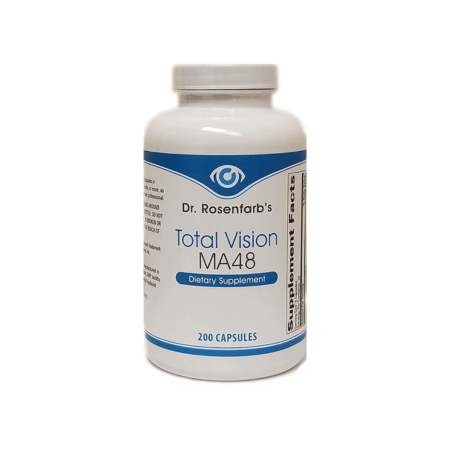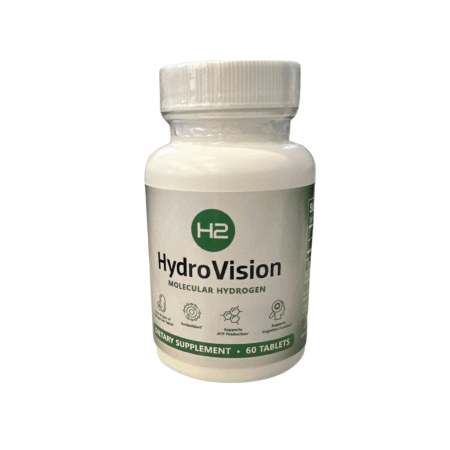Retinal Occlusion (Eye Stroke)
Overview & Our Approach to Retinal Occlusion
- Restoring Blood Flow: We utilize treatments that enhance circulation within the retina, aiming to reopen blocked vessels and promote the development of alternative pathways for blood flow.
- Reducing Inflammation: By incorporating anti-inflammatory therapies, including acupuncture and specialized supplements, we help minimize swelling and protect the retina from further damage.
- Telehealth & In-Office Treatments: Providing personalized, intensive care through telehealth consultations and in-office treatments at our New Jersey office for optimal results.
- At-Home Care with ACS3000: For ongoing care, we provide the ACS3000 system, which supports retinal health by promoting better blood circulation and reducing the risk of further occlusion.
- Targeted Supplements: Our supplements are specifically designed to improve retinal health, focusing on nutrients that support vascular function and help reduce the risk of further occlusive events.
Symptoms & Causes of Retinal Occlusion

Retinal Occlusion Overview:
- Obstruction of Blood Flow: Retinal occlusion occurs when a retinal vein or artery becomes blocked, stopping the normal flow of blood. This can lead to a lack of oxygen and nutrients reaching the retina, causing damage and vision loss.
- Impact on Vision: Depending on the severity and location of the occlusion, symptoms can range from mild vision disturbances to severe vision loss. Common symptoms include sudden blurred vision, dark spots in the visual field, and complete loss of vision in the affected eye.
Types of Retinal Occlusion:
- Vein Occlusion: This type of occlusion affects the small veins responsible for draining blood out of the retina. It is further categorized into:
- Nonischemic (Venous Stasis Retinopathy): A less severe form, accounting for 75-80% of cases. In nonischemic occlusion, the body often develops alternative pathways for blood flow, which can lead to macular edema but rarely causes severe complications like neovascularization.
- Ischemic (Hemorrhagic Retinopathy): A more severe form where blood supply is significantly reduced, leading to marked vision loss. Ischemic occlusion can result in complications such as macular edema, macular ischemia, and neovascularization, which can lead to blindness in up to two-thirds of cases.
- Artery Occlusion: This type of occlusion affects the small arteries that deliver blood from the heart to the retina. Artery occlusions are typically more severe than vein occlusions and require immediate medical attention to prevent irreversible damage to the retina.
Causes of Retinal Occlusion:
- Atherosclerosis: Hardening of the arteries can lead to the narrowing or blockage of retinal blood vessels, increasing the risk of occlusion.
- Hypertension: High blood pressure can damage the walls of the retinal blood vessels, making them more susceptible to occlusion.
- Diabetes: Diabetic retinopathy, a complication of diabetes, can lead to the weakening of retinal blood vessels and increase the risk of occlusion.
- Glaucoma: Elevated eye pressure can reduce blood flow to the retina, increasing the risk of retinal vein occlusion.
- Blood Clotting Disorders: Conditions that affect the blood’s ability to clot can increase the risk of retinal occlusion by promoting the formation of clots within the retinal vessels.

Telehealth and Intensive In-Office Retinal Occlusion Treatment
Start Your Journey with a Telehealth Consultation and Experience the Fastest Results with Our Comprehensive In-Office Care
If you’re seeking the most effective treatment for Retinal Occlusion, our intensive in-office appointments offer the fastest results. Many of our patients choose to visit our New Jersey office for this reason. During these intensive appointments, you’ll undergo a series of advanced treatments tailored to your specific needs over several days, ensuring comprehensive and effective care.
To take the first step toward improved eye health and fast, effective treatment:

At-Home Retinal Occlusion Treatment with the ACS-3000
Discover the At-Home Frequency Specific Alternating Current Micro Stimulation System
Yes, you can achieve vision recovery from the comfort of your home! Introducing the all-new ACS-3000 at-home vision recovery system. This advanced technology utilizes Frequency Specific Alternating Current Micro Stimulation to support eye health and improve vision.
The ACS-3000 system is designed for convenience and effectiveness, allowing you to benefit from cutting-edge treatments without leaving your home. It’s an excellent option for those seeking ongoing care and maintenance for Retinal Occlusion.
Experience the benefits of the ACS-3000 and see what you’ve been missing. Learn more about how this innovative system can help you!
Shop Retinal Occlusion Supplements
Our team works to create or find the best supportive eye supplements that will give you the greatest effect.

Total Vision MA48
Comprehensive nutritional formula providing the nutrients specifically related to target and support of general eye health and vision.

Hydro Vision



